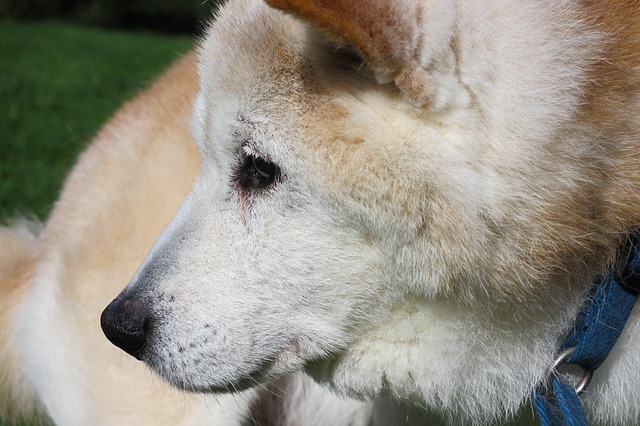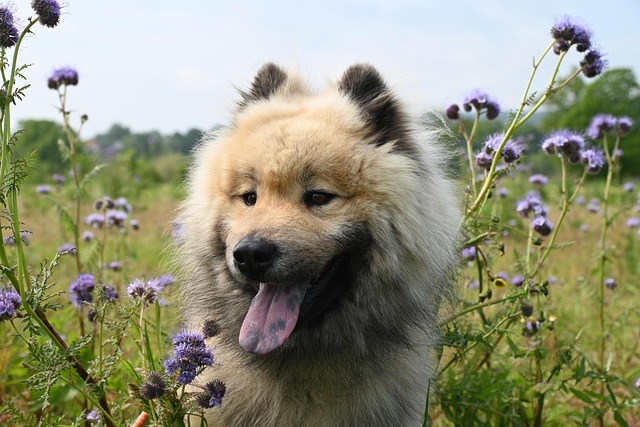Some of the most interesting and unknown snow leopard facts for kids have been illustrated in this article. Snow leopard belongs to the family of Pantherauncia or Uncia uncia and is considered to be the medium sized cat in the whole kingdom of Animalia. These wild animals are endemic to Central Asia. The estimated population of snow leopards is about 4,080 to 6,590.
A North African leopard widely exists all throughout the range of leopards while other subspecies are relatively small or geographically isolated populations. As compared to other cats—leopard is characterized by its slender body but it shows a tough body than cheetah. When it comes to leopard’s coat patterns, each subspecies display unique designs. Melanism is the most widespread among leopard’s coat which exhibits totally black pattern. It is caused by a recessive gene, which deems to be more regular in leopard populations in forests, in Asia and in mountains. Almost half of the leopards dwelling in the Malay peninsula may be black; elsewhere the proportions are much lower. Like leopards, some other cats including jaguar, also shows Melanism.
Snow Leopard Facts For Kids
These types of leopards inhabit the area ranges from 3,350 m to 6,700 m (10,990 to 22,000 feet) in Central Asia.
In comparison to the tigers or other big cats, size of these animals is slightly smaller.
Snow leopards weigh around 27 to 55 kg (60 – 120 lb).
Females are smaller than males, with a weight of 25 kg (55 lb).
The males weigh around 75 kg (170 lb).
The length of snow leopards measure about 75 to 130 cm (30 – 50 inches), without a tail; they are 80 – 100 cm (31 – 39 inches) long from head to tail.
These types of snow leopards can stand at a length of 60 cm (24 inches).
Snow leopards have unique characteristics of adapting with its environmental changes in that they have thick furs, together with small ears that reduce the loss of heat.
Unlike other cats, these leopards have wide paws that help them in walking on snow.
Schreber was the first one to pronounce snow leopard back in 1775 when he found it in the mountains of Iran and Turkmenistan. While going through the snow leopard facts for kids we come to know that these wild animals have long been recognised as a member of genus Panthera.
Read More: Why are Snow Leopards Endangered?
 Interesting Facts about Snow Leopards Behaviour
Interesting Facts about Snow Leopards Behaviour
In summer, these types of leopards usually inhabit on the rocky and mountainous regions with an elevation of about 2,700 to 6,000 m (8,900 to 20,000 feet). However, when the winter arrives, snow leopards return down to their low altitude habitats of about 1,200 to 2,000 m (3,900 – 6,600 feet). One of the interesting facts about snow leopards is that they travel effortlessly on a 85 cm (33 inches)deep snow which no other cats can.
Read More: Snow Leopard Facts for Kids
Most of the times these leopards follow already-made trail and are not apt to make their new one. The study of endangered snow leopard facts show that these animals have turned out to be extinct due to various reasons; hunting is one of them. Because of their unsociable nature, they are not found easily even at a place where they should be.
The cat is almost entirely solitary. Females are known to occupy territories of 10 – 30 sq. km (4 – 12 sq. miles) which can sometimes overlap with that of the neighboring females. Males have larger territories. They mark their territories either by urinating on branches, tree-trunks, and logs, or simply by fighting. The number of leopards is continuously declining primarily due to hunting since they serve as an important function for decorating affluent women. In some areas, however, they are killed because of their attacks on domestic livestock. On the positive side, they will continue to exist in areas where humans are considerably lower in numbers. Still there are more than 100,000 leopards left.
They are not aggressive animals and they don’t often defend their territories when encroached by other animals. Snow leopards usually dwell within a limited range. Not many people are aware of snow leoard facts about its behavior. How much square kilometers they cover depends on the extent to which prey is available. For example in Nepal, these types of leopards cover only 12 sq. km (5 sq. miles) to 40 sq. km (15 miles) for the reason that prey is easily available in this part of the world. On the contrary, where the prey is not abundant, they had to cover almost 1,000 sq. km (400 miles). One of the common snow leopard facts is that they make use of scent marks to figure out their territory or routes. Snow leopards are best known for their surprise attacks which they usually do at dawn or dusk.
Snow Leopard Facts about its Diet
Like all wild animals, these are also carnivorous and they are the active hunters. Being the opportunistic animals, these leopards predominantly feed on carrions, Markhor, argali, Tahr, yak, and Bharal. They are not reluctant to prey animals four times than their own size. Occasionally these leopards also feed on rabbits, hares and few birds. Snow leopard diet facts lead us to believe that these animals supplement their diet with grass and wigs. They primarily feed on ibex, rodents, pikas, cock, chukar, marmots, hares and deer.
Read More: What do Snow Leopards Eat?
 Reproduction Facts about the Snow Leopard
Reproduction Facts about the Snow Leopard
The study of snow leopard facts about its reproduction show that these animals make partners in winter; they have strange facts about reproduction. Snow leopards begin to call extraordinarily loud in the mating season. These types of leopards mature after 80 – 100 days. Generally, cubs are born in the months of April to the end of June. Since the mating season does not last too long, males do not find others mates.
The females give birth to 1 – 5 cubs. These cubs are blind just when they are born. These baby leopards weigh around 320 to 567 g (11 to 20 oz). These young leopards begin to see after 7 days period. Cubs tend to leave their burrows after couple of 60 – 120 days, and finally they are on their own after 2 years old. Snow leopards have an average lifespan of 15 – 18 years. Under captivity, these animals can live up to 21 years.
Leopards have no particular breeding season and females remain receptive for a few days, during which mating is frequent. The mother litters mostly three (range 1 – 6) blind furred cubs weighing 430 – 570 grams (15 – 20 oz). The cubs will start following their mother at about 6 – 8 weeks old. The mother alone nurtures the young. She looks after the young until they become 18 – 20 months old, whereupon she mates again.
Snow Leopards Facts about its Habitat
These types of leopards live in rocky mountains, crevice, and hills and are endemic to Nepal, Pakistan, India, Russia, Siberia, Mongolia and Tibet.
|
Range Country |
Habitat Area |
Estimated |
| Afghanistan | 50,000 | 100-200? |
| Bhutan | 15,000 | 100-200? |
| China | 1,100,000 | 2,000-2,500 |
| India | 75,000 | 200-600 |
| Kazakhstan | 50,000 | 180-200 |
| Kyrgyzstan | 105,000 | 150-500 |
| Mongolia | 101,000 | 500-1,000 |
Species
- U. u. uncia, founded in Central Asia, Mongolia and Russia
- U. u. uncioides, founded in Himalayas and China
Snow Leopard Facts about its Threats
Threats in India
Snow leopards are facing dramatic decrease in their population in India. Unfortunately, one of the chief reasons is that snow leopards live in a disputed area between Pakistan and India. Besides, due to the increased population, people are moving toward remote areas with their herds and cattles consequently leaving less and less food for snow leopards. Since wild goats are becoming rare, these leopards are going to face severe starvation in the years to come; for the same reason these animals tend to shift towards domestic livestock. Until and unless some conscious steps are not taken, we shall continue to see a further decline of this ferocious yet extinct animal.
Protected Areas
- Chitral National Park, in the Khyber-Pakhtunkhwa, Pakistan.
- Hemis National Park, in east Ladakh, India.
- Khunjerab National Park, Gilgit-Baltistan, Pakistan.
- Nanda Devi National Park, in state of Uttarakhand, India, a UNESCO Natural World Heritage Site.
- Qomolangma National Nature Preserve, Tibet, China.
- Sagarmatha National Park, Nepal, a UNESCO Natural World Heritage Site.
More Leopard Facts
Snow Leopard Facts – Videos





Leave a Reply